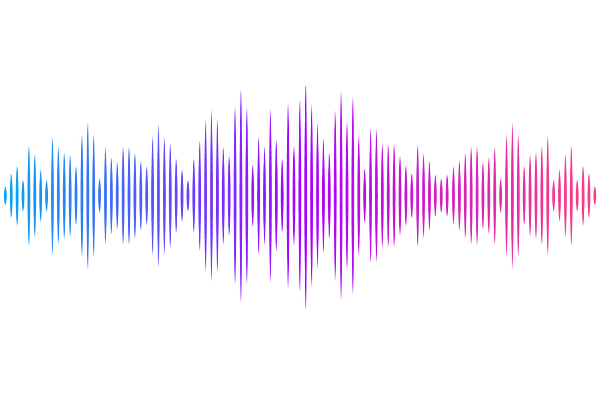Enterococcus faecalis persists and replicates intracellularly within neutrophils

Enterococcus faecalis persists and replicates intracellularly within neutrophils
Stocks, C. J.; Goncalves da Silva, R. A.; Antypas, H.; Jeyabalan, N.; Wong, S. L.; Kline, K. A.
AbstractChronic wound infection is a major global public health issue, with Enterococcus faecalis among the most commonly isolated pathogens from such wounds. Neutrophils are short-lived immune cells critical for host defence, yet E. faecalis-neutrophil interactions are poorly understood. Here, we show that instead of eliminating E. faecalis, neutrophils provide a niche for intracellular persistence and replication, potentially prolonging infection and inflammation at the wound site. In murine wound beds and ex vivo wound cells, intracellular E. faecalis was detected in recruited neutrophils at 24 h post-infection (h p.i). Unexpectedly, extended infection did not induce neutrophil death. Rather, E. faecalis infection significantly prolonged the lifespans of both murine and human neutrophils in vitro compared to uninfected controls. Quantification of intracellular CFU revealed that E. faecalis were phagocytosed regardless of opsonisation and persisted intracellularly through to 24 h p.i. This finding was confirmed via transmission electron microscopy and confocal microscopy. Blinded quantification and fluorescent D-amino acid staining, which marks newly synthesised bacterial peptidoglycan, revealed active replication within murine neutrophils between 6-18 h p.i., followed by a predominately persistent phase between 18-24 h p.i. Infected murine neutrophils remained immunologically active, secreting pro-inflammatory and chemoattractant cytokines. These findings highlight an underappreciated intracellular lifestyle for E. faecalis that may underly its ability to persist in chronic wounds and contribute to biofilm-associated infections.